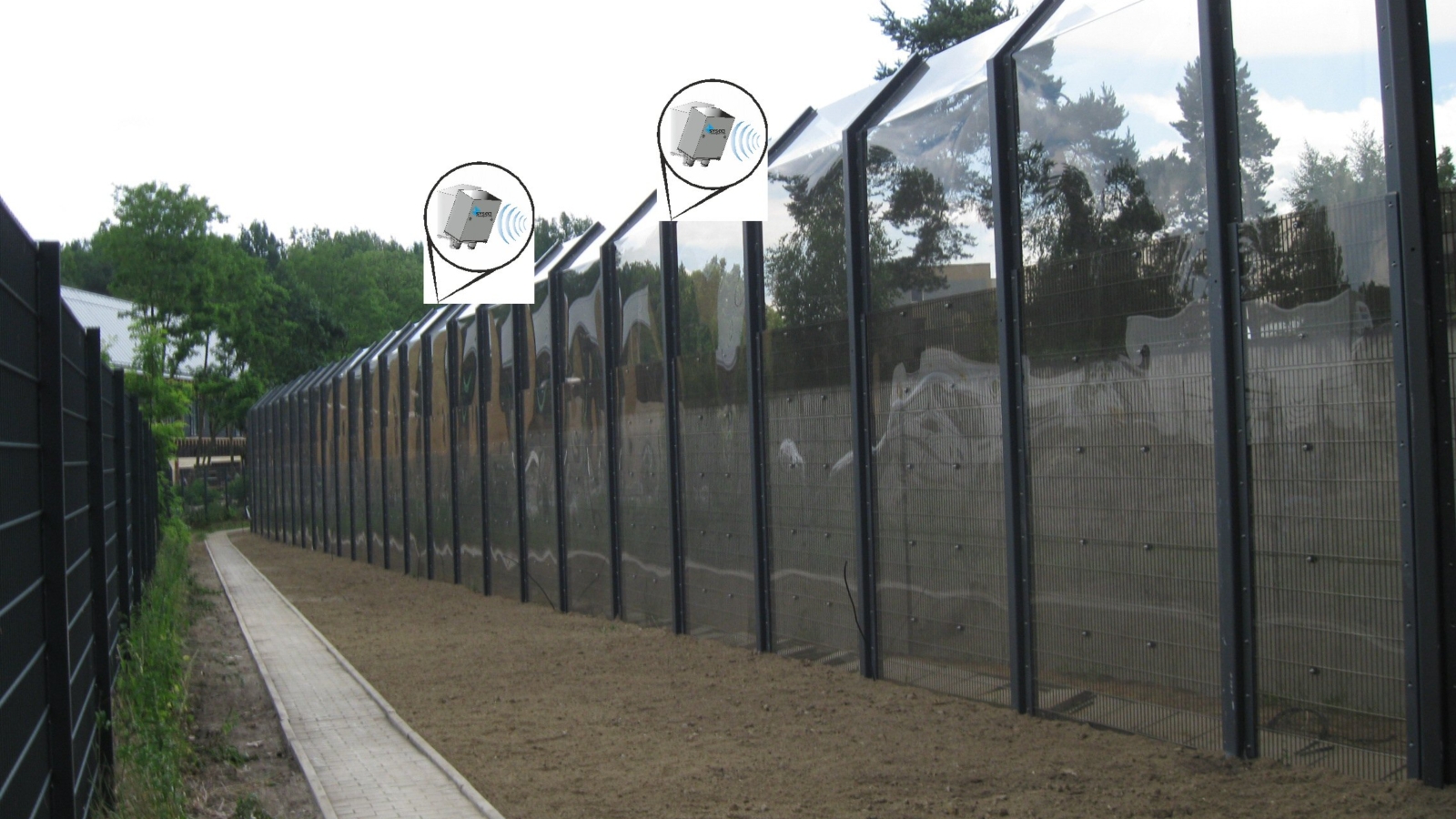Introduction
Fences are one of the initial methods used for security purposes. However, the use of traditional fences is obsolete. Intrusion detection, deterrence, and response systems have become more sophisticated and more powerful due to the evolution of technology in detecting and preventing breaches in fences.
The Importance of Modern Security
The sophistication of criminals is growing, which means stronger means of protection are a necessity for businesses, homes, and even governmental facilities. Investing in the modern-day technology of fence intrusion detection systems is a means of catching threats at their genesis before major risks manifest.
Traditional Fencing vs. Smart Fencing
Traditional fences serve as physical barriers to a user’s defined area, but can be scaled, cut through, or simply bypassed. In comparison, smart fences, along with the security systems, use sophisticated technology to integrate with alarms, sensors, and monitoring systems, which steps up the technology in traditional fences.
What is Fence Intrusion Detection?
Fence intrusion detection is a set of systems and sensors designed to detect people who are attempting to cut, climb, or otherwise tamper with a fence. The systems are designed for advanced real-time detection of intruders and can quickly send alert signals to the security team before the intruders gain access.
How Fence Protection Adds to Security
The typical perimeter of any property with a fence is protected by an invisible cloak. The intruder is also dealt with wherever they are within that perimeter. Reaction time, and consequently, security levels, are improved by saying that a decision is made from within that fence and administered to an intruder that, by all appearances, is within a fence.
Types of Fence Intrusion Detection Systems
1. Vibration-Based Sensors
They issue alarms the moment they feel an abrupt change in other external vibrations from something like a fence being climbed, or worse, cut.
2. Cable and Rope Systems
Pressure or other forms of force being exerted on a fence within a configured perimeter are detected by special cables that are secured to the fence.
3. Smart Video Integrating
Smart systems with Detection Systems get to the next level of security by assigning videos to all the detection flags raised. No doubt they check and cross-check each alert with visuals.
Benefits of Smart Fencing and Security Systems
Buildings Industrial
We shield the factories, as well as the warehouses and operational complexes, from unauthorised approaches and theft.
Transport Hubs Airports
We stop making up, or other unnecessary intrusions, as well as or that risk the safety of passengers, or worse, around operational.
Applications of Fence Intrusion Detection
Industrial Sites
Protect factories, warehouses and logistics hubs from theft and unauthorised entry
Airports and Transportation Hubs
Prevent intrusions that may endanger passengers and disrupt operations
Military and Government Facilities
Stop at the perimeter to control perimeter security and ensure national security
Residential Security
Smart fencing protects residences/burglary evidence and offers convenience
Modern Surveillance Integration
Advanced integration offers almost impenetrable defence, combining fencing and surveillance with CCTV, access control, motion sensors, etc.
Fence Protection Issue
While effective, the main issue is false alarms with weather, animals, and vibrations from heavy machinery.
Best Practices for Installing Fence Intrusion Detection
Identify the right technology for the location and the risk level.
The Impact of Modern Technology on Fencing and Security
With the advancement of technology, the military no longer relies on static arms and armouries. Protective barriers have evolved to, powered by AI-enabled cameras and other smart devices, minutely monitoring and guarding a perimeter.
The Importance of Investing in Business Premises Perimeter Security
Should a company fail to install an advanced perimeter intrusion detection system, the cost of a primary, and let’s say, ugly intrusion will far exceed any ROI on such a system. Companies and their stakeholders will save valuable assets if perimeter security is on their priority list.
The Future of Fencing and Security
Artificial intelligence, as well as smart and interconnected devices, will be used in the next generation of strategic protection systems. These will enhance the capability to forecast and shield from any advanced threats.
Final Thoughts
Globalised competition and changing customer requirements necessitate upgrading protocols such as fencing and security. Companies, legislative authorities, and private individuals wanting peace of mind and defence can now afford smart intrusion systems, making slavery to obsolete ways and boundaries of protection a thing of the past.




Add a Comment